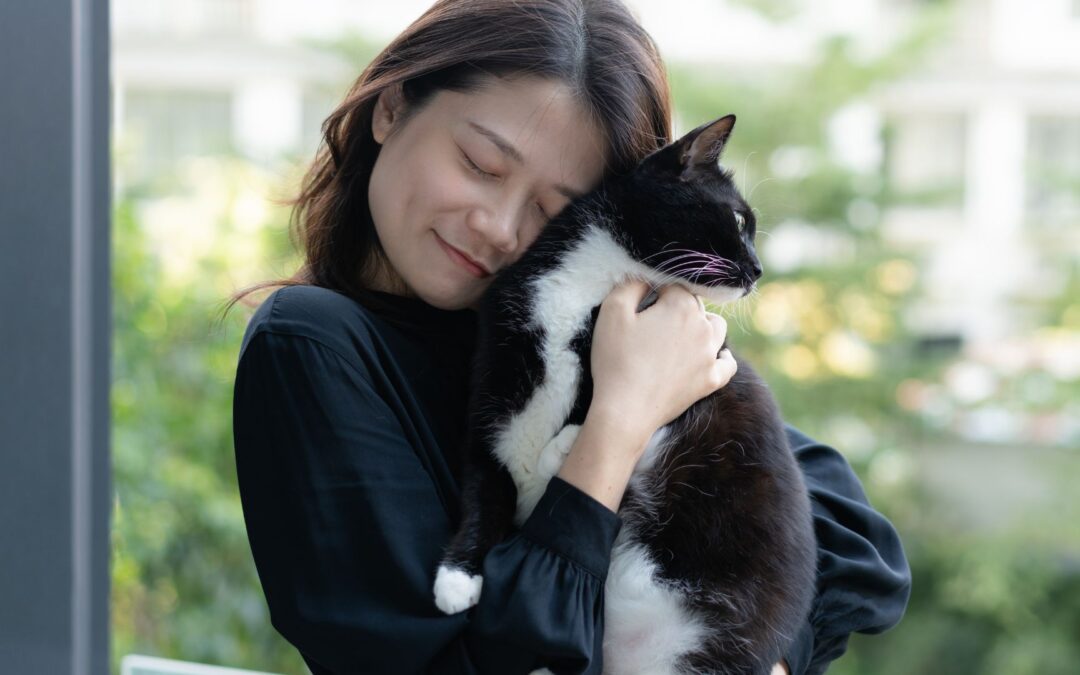Ear infection in cats are rare. When they do occur in the cat’s outer or middle ear, they can be extremely painful and can result in deafness or facial paralysis if they become chronic.
Signs:
Some cats show no signs at all or only very subtle signs. Scratching is the obvious sign, but most cats are much more subtle than that. “She doesn’t like to have her ears touched” is the most common tip to us that there may be an infection lurking. Does your kitty always “flip” her ears when you touch them? Are her ears ‘ticklish”? That’s a sign that they are itchy or painful!
Causes:
Ear infections are caused by yeast, bacteria, or a combination. These organisms normally live in very small numbers on the skin of the cat’s ear canals. They overgrow when the environment inside the ear changes because of inflammation.
Ear mites cause a lot of inflammation that can lead to secondary ear infections in outside cats, strays and cats from breeding facilities.
The most common reason for recurrent or persistent ear infections in cats is Food Allergies! Food Allergies cause just the tiniest amount of inflammation in the skin on the whole body. Those changes are exaggerated by the confined space, increased warmth and darkness of the cat’s tiny ear canals. A little inflammation increases the moisture and temperature of the ear canal skin, changes the skin pH, and there you have it, the perfect breeding ground for yeast and bacteria!
The Persian breed is more prone to ear infections due to their familial tendency to produce more ear wax. This also provides a great environment for normal skin organisms to over grow!.
Diagnosis:

Your vet’s view inside the ear. Dark discharge consistent with infection too deep to see with the naked eye
Your veterinarian should perform a cytology of any ear exudate, examining it under a microscope to identify the causative organisms. Is it yeast, bacteria (what kind?) or a combination of both? This is critical to determining the best medication for each cat’s individual infection.
In addition, your veterinarian will look deep into your cat’s ear canals with an otoscope. This allows your vet to see the amount of discharge and to evaluate the ear drum. A ruptured ear drum not only complicates treatment, but indicates a deeper infection.
Treatment/ Recovery
Your veterinarian will give your kitty medication, based on cytology results. You should have your vet recheck the ears to ensure the infection is gone, not just lurking deep in the ear canal where it is hidden from your eyes, waiting to creep back up the canal and make kitty uncomfortable again.
Prevention:
Treat any underlying causes.  Your veterinarian may recommend a Prescription Food Allergy Diet Test if your kitty’s ear infection doesn’t respond to treatment as expected or recurs. FOOD ALLERGY is the leading cause of recurrent ear infection in cats!
Your veterinarian may recommend a Prescription Food Allergy Diet Test if your kitty’s ear infection doesn’t respond to treatment as expected or recurs. FOOD ALLERGY is the leading cause of recurrent ear infection in cats!
Routinely check your cat’s ears for sensitivity to touch, redness, odor or residue. Healthy pale pink ears have only a minimal amount of wax. Your veterinarian may recommend that you clean your cat’s ears twice a week with a prescription cleaning solution to help avoid problems in the future. Otherwise, keep ear canals dry.




